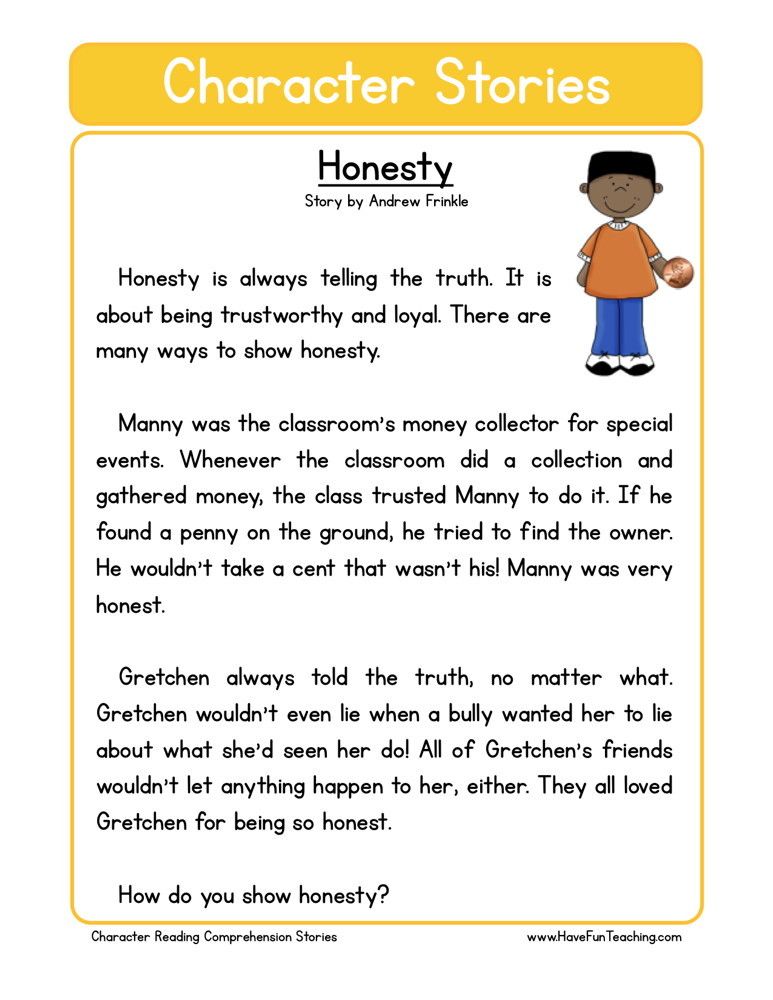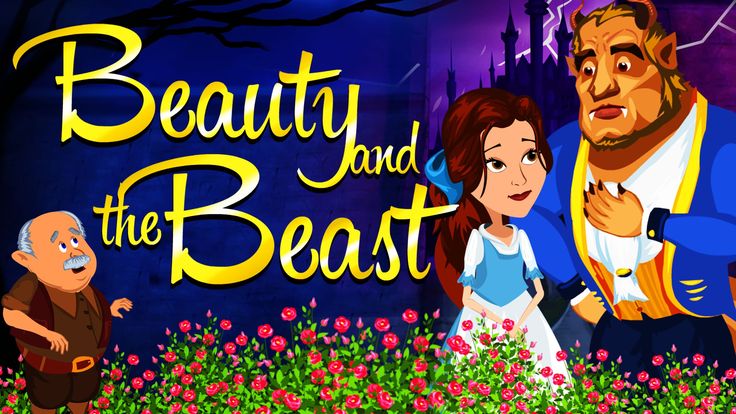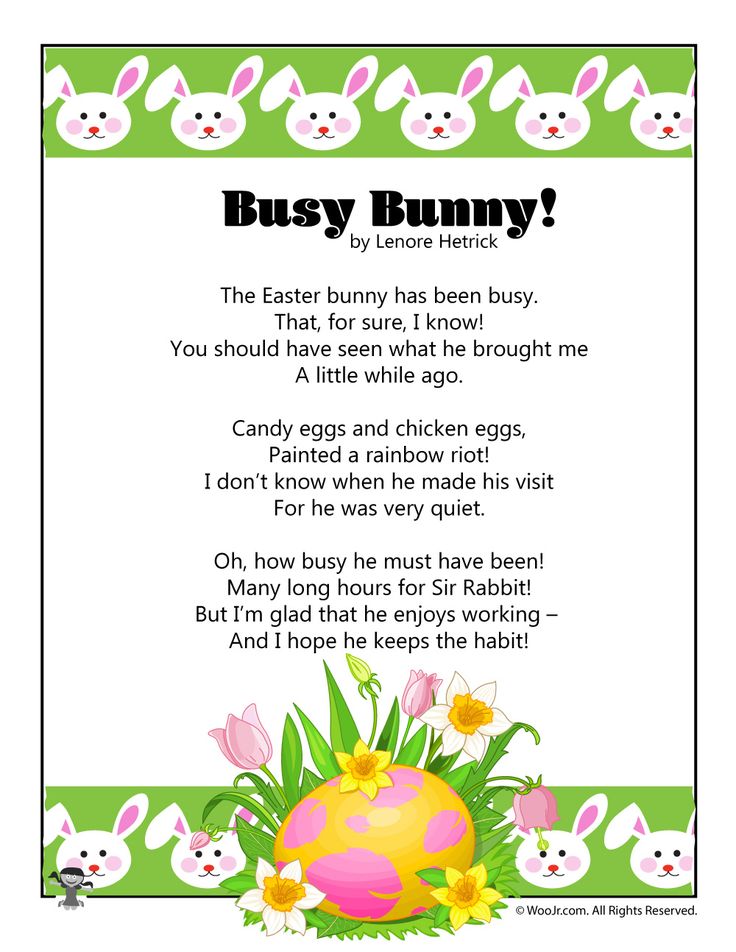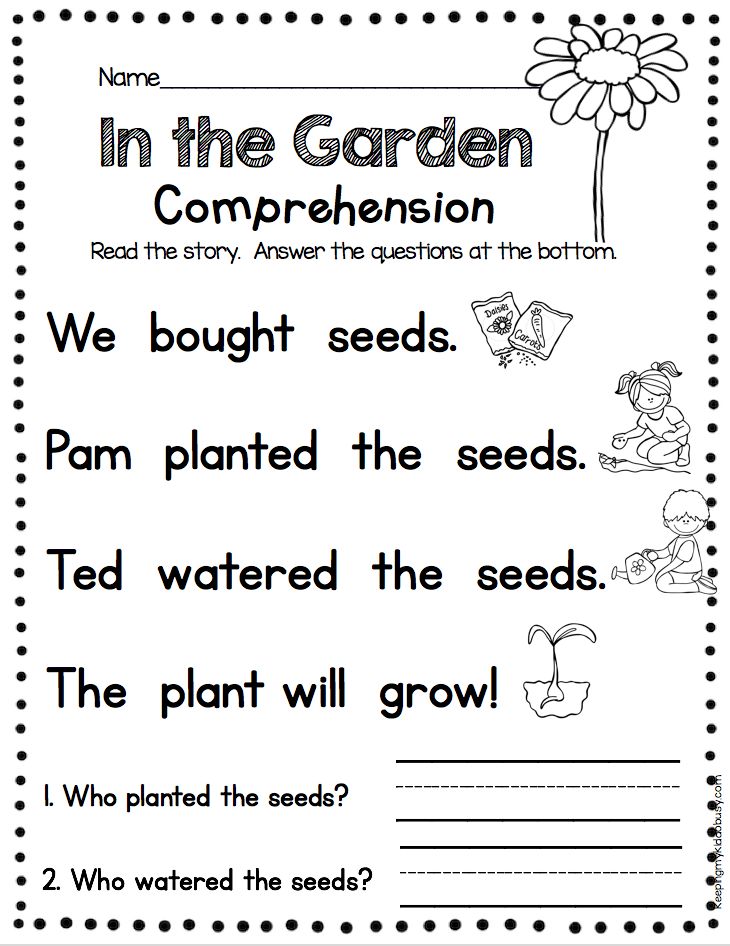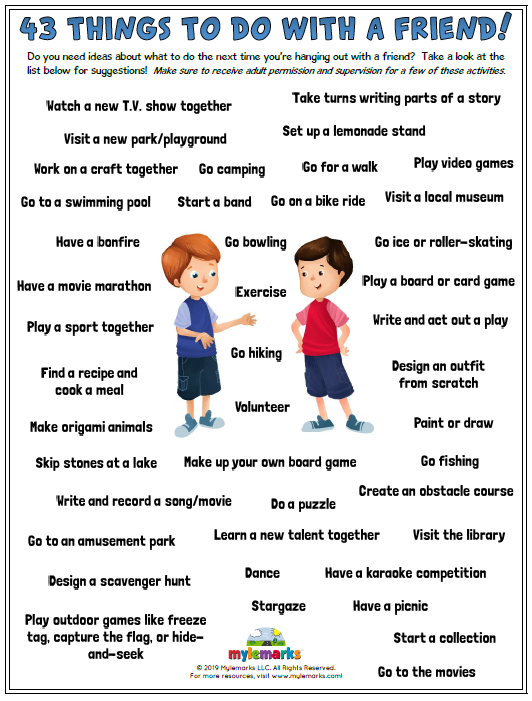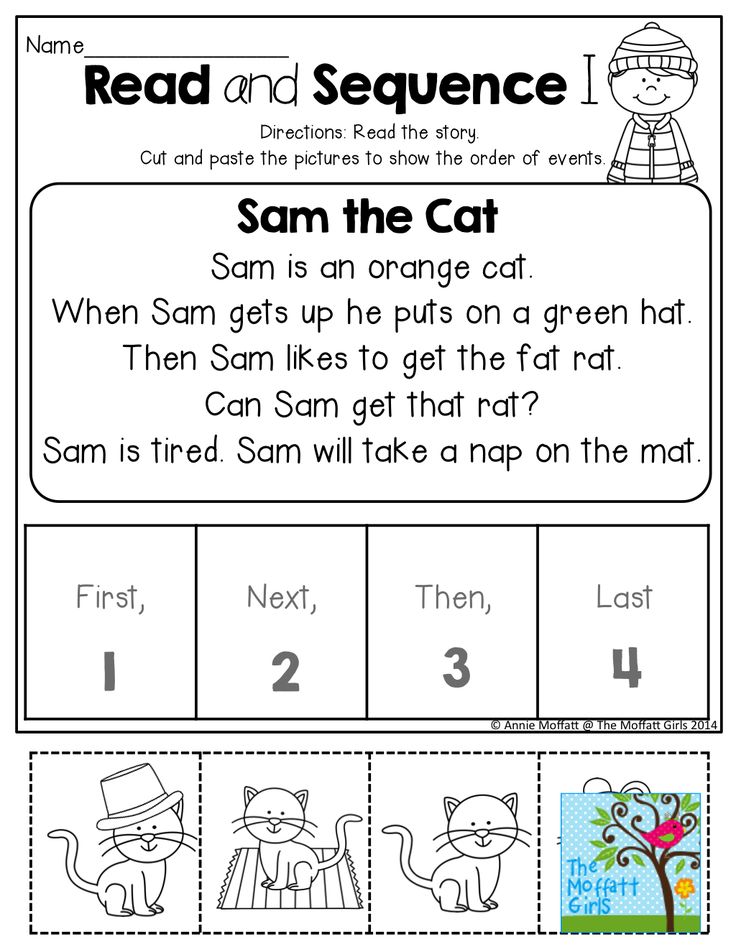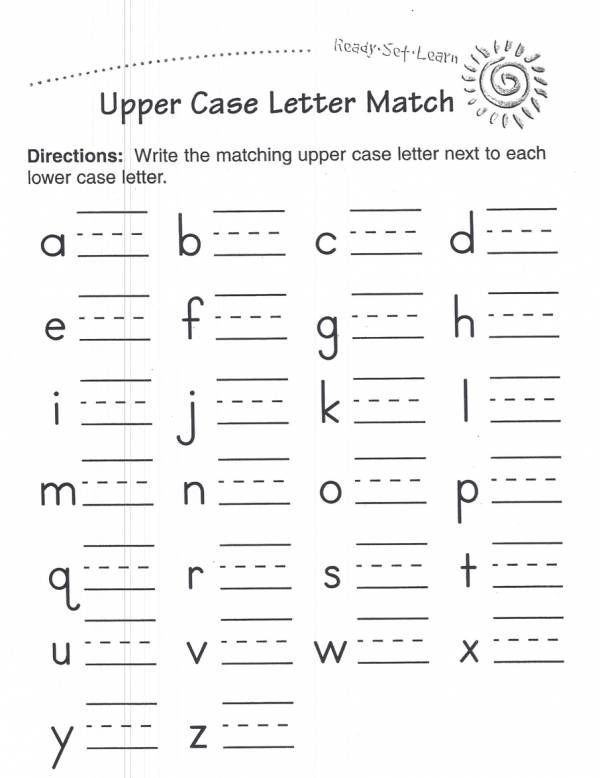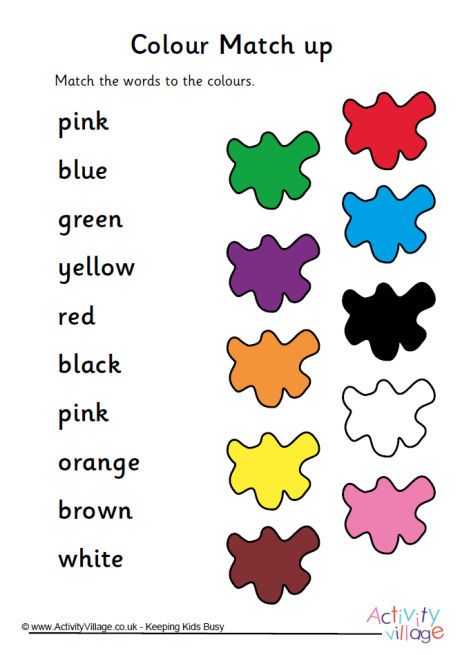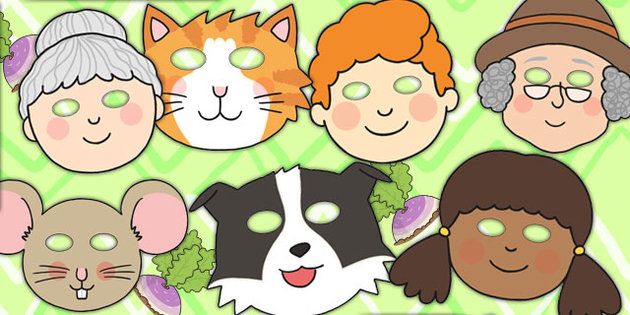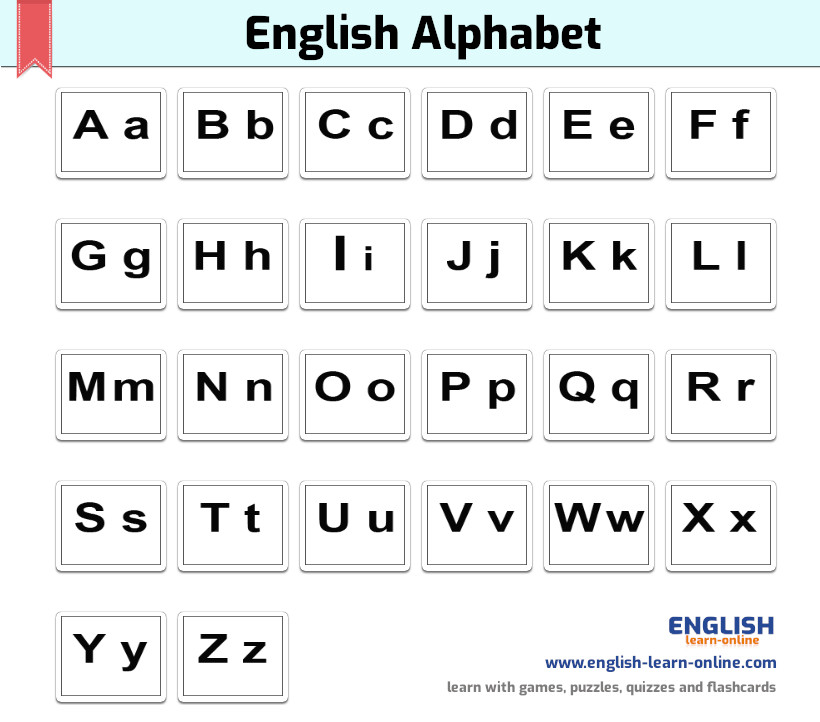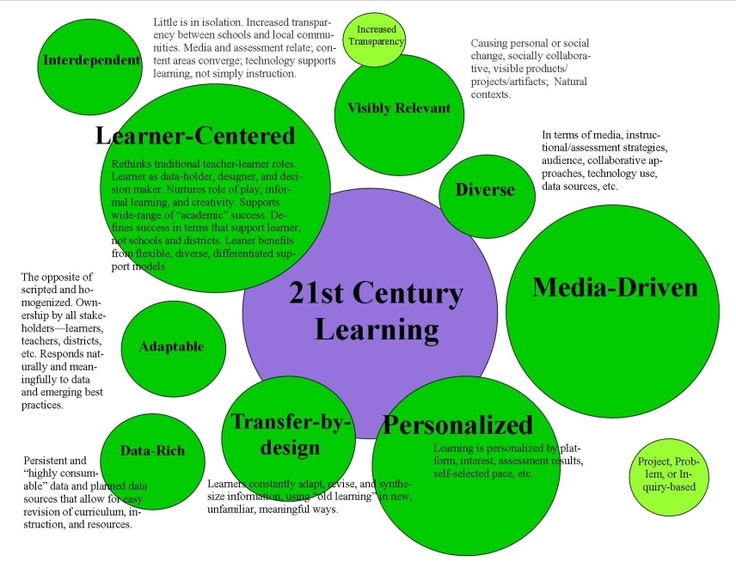Popular child stories
Classic Short Stories for Kids
This is a collection of famous classical short stories for kids that are available online. We have selected a variety of stories from different authors. The links go directly to the stories where they can be read online. You might also be interested in the poems for kids page.
- "The Lion and the Mouse" by Aesop
The Lion and the Mouse is a classic Aesop fable. A lion generously spares a mouse it was about to kill. The mouse promise to repay the lion some day. - "The Three Little Pigs" by Unknown
This fairy tale originates in England. Three pigs build homes but only one builds a home strong enough to withstand wolf attacks. - "Hansel and Gretel" by Brothers Grimm
"Hansel and Gretel" is a classic fairy tale about two abandoned children who encounter a witch in the forest. The witch lures the children in to her home with delicious food but she really intends to eat them. - "The Princess and the Pea" by Hans Christian Andersen
This fairy tale from by Hans Christian Andersen tells the story of a special test that can identify a real princess. The sensitivity test involves placing a pea underneath a stack of mattresses. - "The Ants and the Grasshopper" by Aesop
This classic Aesop fable is set in late fall. It follows a group of hardworking ants drying out the grain they had stored during the summer. They encounter a grasshopper who foolishly failed to store any food for the winter. - "How the Camel Got His Hump" by Rudyard Kipling
This tale from Rudyard Kipling's Just So Stories tells how the camel, fond of saying "Humph!", got his hump from an encounter with a djinn. - "A Kidnapped Santa Claus" by L. Frank Baum
The Land of Oz creator L. Frank Baum wrote this story about deamons that kidnap Santa Claus. Fortunately, Santa Claus has some help completing his toy deliveries. - "The Snow Image" by Nathaniel Hawthorne
A brother and sister make a snow girl that comes to life - a snow sister.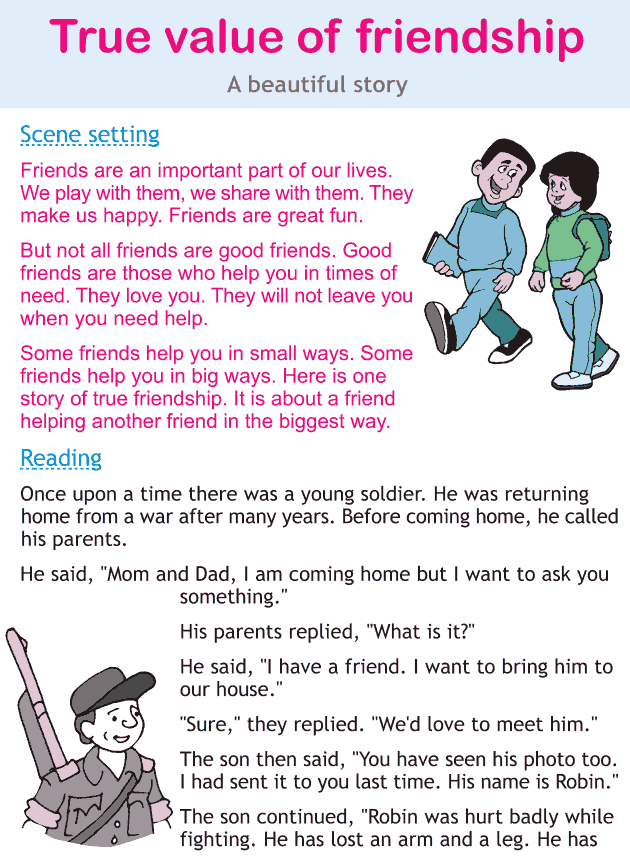 She is so lifelike that their father insists on bringing the snow girl inside, which is a mistake.
She is so lifelike that their father insists on bringing the snow girl inside, which is a mistake. - "The Celebrated Jumping Frog of Calaveras County" by Mark Twain
Mark Twain wrote this short story in 1865. It was included in a short story collection. The story covers jumping frogs, cheating and betting. - "The Frog Prince" by Brothers Grimm
This classic Grimm fairy tale follows the story of a talking frog and a spoiled princess. - "The Reluctant Dragon" by Kenneth Grahame.
This tale tells the story of a boy who befriends a dragon. The dragon is discovered by the townspeople who send for St. George to slay it. The story was published in Grahame's Dream Days book. - "The Remarkable Rocket" by Oscar Wilde
This humorous short story tells the tale of an arrogant and boisterous rocket. The rocket thinks he is remarkable and better than all the other fireworks. - "The Bundle of Sticks" by Aesop
There are no animals in this Aesop fable. A father uses the concept of a bundle of sticks to teach the importance of unity and working together to his young sons.
A father uses the concept of a bundle of sticks to teach the importance of unity and working together to his young sons. - "The Elves and the Shoemaker" by Brothers Grimm
This fairy tale tells the story of a group of little elves that help a cobbler make shoes. There are multiple variations and translations of the tale. - "The Kite That Went to the Moon" by Evelyn Sharp
The story is part of Evelyn Sharp's short story collection, The Other Side of the Moon. A boy makes a giant kite and his friend draws a moon and stars on it. They are embarrassed when the kite doesn't fly. - "Snow White" by Brothers Grimm
The are variations on this fairy tale that was first published in 1812. As many children already know it involves a wicked, vain stepmother queen who is jealous and envious of the King's daughter, Snow White. - "The Ugly Duckling" by Hans Christian Andersen
This is a very clever fairy tale invented by Andersen that tells the story of a little bird that does not fit in and is teased by the other birds in the barnyard.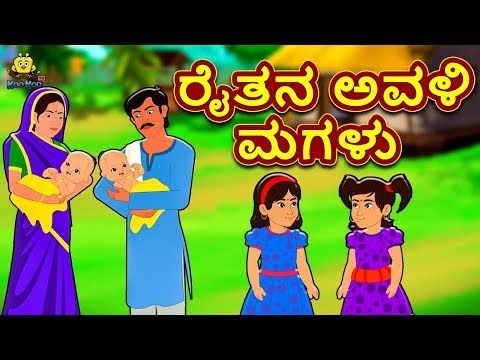
- "The Dog and His Refection" by Aesop
This Aesop fable teaches the foolishness of greed. A dog looking at his reflection in the water spies a bigger bone than the bone is carrying. - "The Bogey-Beast" by Flora Annie Steel (retold
This is an entertaining fairy tale about an optimistic poor, old woman who unknowingly encounters the Bogey-Beast when she finds a perfectly good black pot lying in a ditch.
10 Best Children's Books of All Time
There is no such thing as a child who doesn’t like reading; you only need to hand them the right kind of book to fire up their reading habits. The following 10 books are those that have thrilled generations of children and no child should have the misfortune of growing up without reading them.
1. Goodnight Moon by Margaret Brown (1947)
Age Range: 0-3 years
Listed by School Library Journal as the ‘Top 100 Picture Books’ of all time in 2012 and one of teachers’ top 100 books for children by National Education Association, Goodnight Moon is a simple but lovable children’s picture books that has been well-appreciated by children as a bed time story. In it, a personified bunny ritualistically goes through a process of saying goodnight to everything visible to him from his room. “Goodnight Moon . . . Goodnight Air. Goodnight noises everywhere”.
In it, a personified bunny ritualistically goes through a process of saying goodnight to everything visible to him from his room. “Goodnight Moon . . . Goodnight Air. Goodnight noises everywhere”.
Click to Buy: Goodnight Moon ($9)
2. The Very Hungry Caterpillar by Eric Carle (1969)
Age Range: 0-4 years
One of the greatest children’s classics of all time, The Very Hungry Caterpillar pictographically describes the evolution of caterpillar eating his way through an array of food to eventually pupate into a beautiful butterfly. According to Amazon, a copy of this children’s book is sold every 30 seconds somewhere in the world. Educating children about days of the week, types of foods, and the lifecycle of a butterfly, Carle’s book has also been endorsed by the Royal Etymological Society.
Click to Buy: The Very Hungry Caterpillar ($7)
3. Where the Wild Things Are by Maurice Sendak (1963)
Age Range: 2-6 years
1963’s most distinguished American picture book for children, Where the Wild Things Are won Sendak the Caldecott Medal and is a delight for both kids and adults. The story revolves around a boy named John Max who, dressed in his wolf outfit goes to his bedroom and sails away into an unknown island where he encounters ‘wild things’ or creatures.
The story revolves around a boy named John Max who, dressed in his wolf outfit goes to his bedroom and sails away into an unknown island where he encounters ‘wild things’ or creatures.
Click to Buy: Where the Wild Things Are ($6)
4. The Cat in the Hat by Dr. Seuss (1957)
Age Range: 3-8 years
Regarded as one of the best-selling children’s books of all time and adapted into animation and film, Theodor Geisel wrote and illustrated The Cat in the Hat under the pen name of Dr. Seuss. This children’s story revolves around an anthropomorphic cat who shows up at Sally’s house, makes a mess while entertaining her and her brother and cleans up with the help of his friends, Thing 1 and Thing 2 just before Sally’s mother comes home.
Click to Buy: The Cat in the Hat ($7.27)
5. Charlotte’s Web by E. B. White (1952)
Age Range: 8-11
Inspiring animations, live-action films, direct-to-video sequels and a video game, E.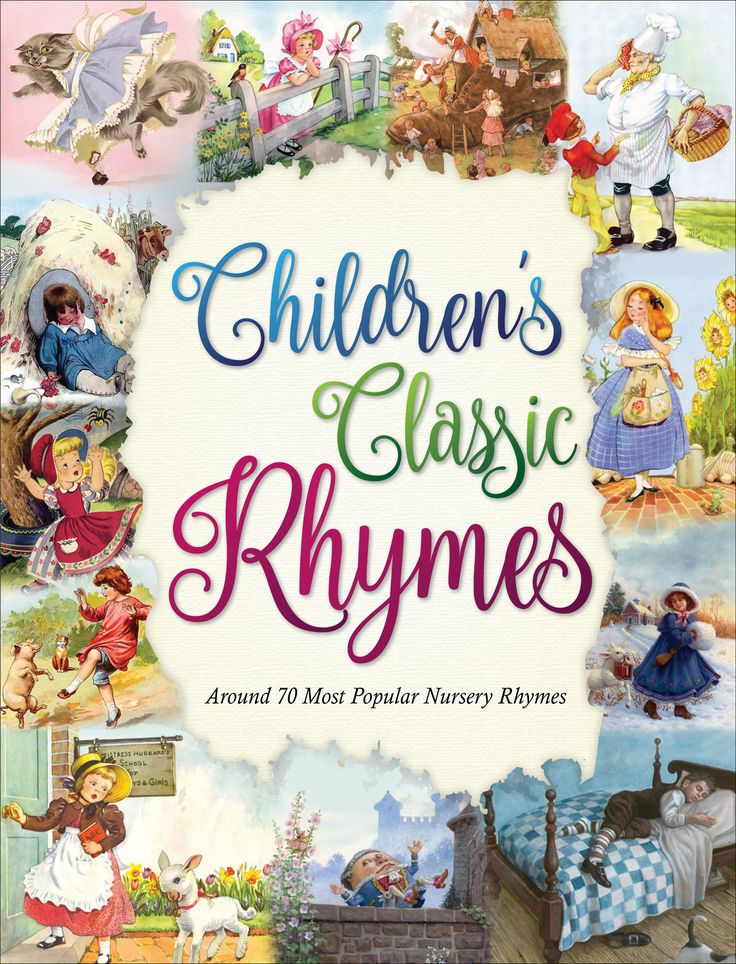 B. White’s Charlotte’s Web is counted as classic in children’s English literature and one of the best selling paperback of all time. The story is about a pig named Wilbur and a spider named Charlotte; when the farmer is about to slaughter Wilbur, Charlotte uses her web-making skills to create praise-worthy words for Wilbur to save him from slaughtering.
B. White’s Charlotte’s Web is counted as classic in children’s English literature and one of the best selling paperback of all time. The story is about a pig named Wilbur and a spider named Charlotte; when the farmer is about to slaughter Wilbur, Charlotte uses her web-making skills to create praise-worthy words for Wilbur to save him from slaughtering.
Click to Buy: Charlotte’s Web ($6)
6. Harold and the Purple Crayon by Crockett Johnson (1955)
Age Range: 3-7 years
How wonderful would it be if we could simply draw the world as we understand it? Crockett Johnson explores this possibility in Harold and the Purple Crayon where an inquiring four year old boy own a purple crayon with which he creates the world by drawing it. Through this power he takes many adventures and when he feels sleepy he simple draws a bed and falls asleep on it. This is Johnson’s most popular book which has also inspired many
adaptations.
Click to Buy: Harold and the Purple Crayon ($7)
7. Charlie and the Chocolate Factory by Roald Dahl (1964)
Charlie and the Chocolate Factory by Roald Dahl (1964)
Age Range: 8-10 years
Written by famous British author, Roald Dahl, Charlie and the Chocolate Factory is a two part series about a destitute but very selfless and caring boy named Charlie. Both his grandparents, parents and he live in a run-down house and have little for themselves. Charlie secretly loves the chocolate factory owned by chocolatier, Willy Wonka and hopes to be see it from inside one day…much to his surprise Charlie ends up becoming the heir to Wonka’s factory. Charlie and the Chocolate Factory is regarded as one of those books that every child has to have read at least once in their childhood. Famous author J.K.Rowling too listed it as one of her top ten books as a child. The books won many accolades and has been adapted into film as well.
Click to Buy: Charlie and the Chocolate Factory ($5)
8. Little Women by Louis May Alcott (1880)
Age Range: 9-12 years
Suitable for children and adults, the all-time classic, Little Women is hard to classify into one genre.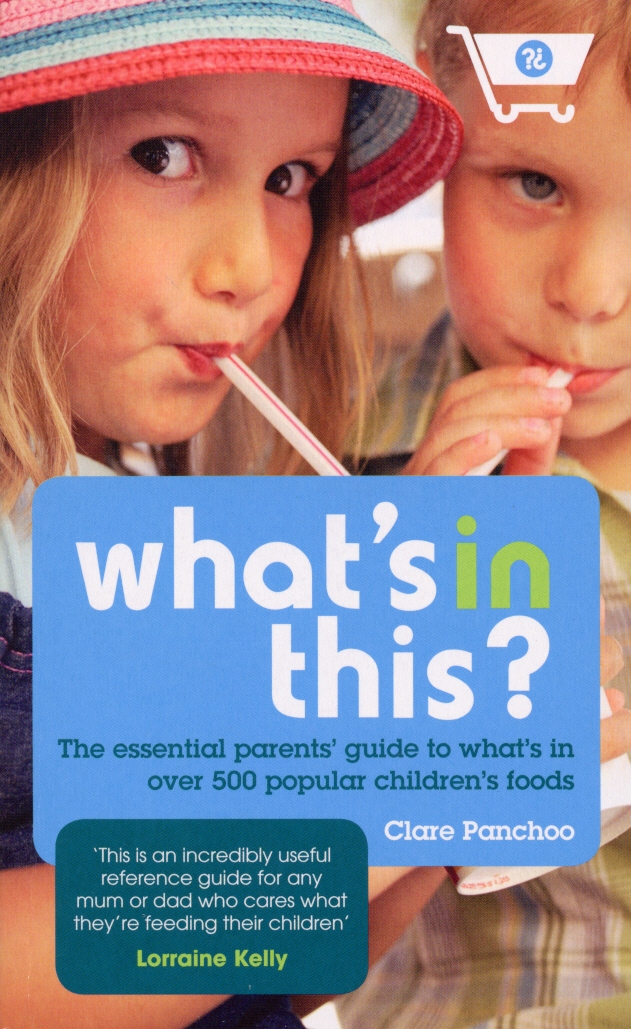 It has been said to involve romance, an adventure, a family drama and largely women-oriented depicting themes like domesticity, love and giving each character a distinct female identity of their own. It has been adapted several times into film and also a Japanese anime. The story revolves around four sisters and their journey from children to becoming women. Many say that the plot is loosely based on Alcott’s own life and her sisters.
It has been said to involve romance, an adventure, a family drama and largely women-oriented depicting themes like domesticity, love and giving each character a distinct female identity of their own. It has been adapted several times into film and also a Japanese anime. The story revolves around four sisters and their journey from children to becoming women. Many say that the plot is loosely based on Alcott’s own life and her sisters.
Click to Buy: Little Women ($12)
9. Harry Potter and the Philosopher’s Stone by J. K. Rowling (1997)
Age Range: 8-14 years
The first of the seven-part series written by J. K. Rowling is not only a novel but a legacy that will live on for many years to come. Harry Potter has been adapted into blockbuster films, won numerous British and American awards and reached New York Times’ best-seller list. The plot involves the boy himself, Harry Potter who discovers he is a wizard and begins his life at Hogwarts School of Witchcraft and Wizardry.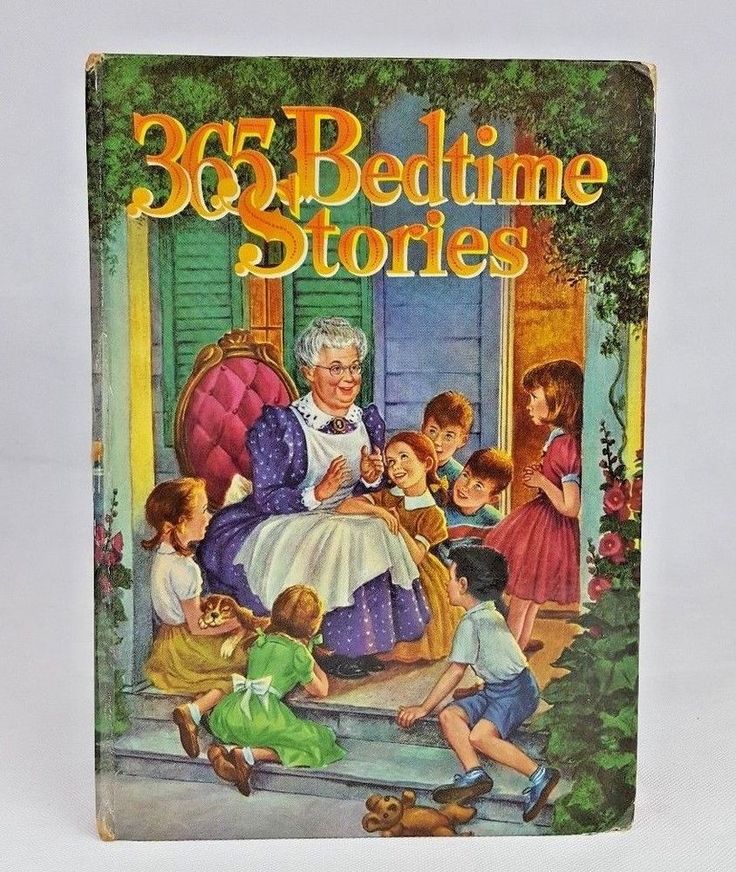
Click to Buy: Harry Potter and the Philosopher’s Stone ($7.50)
10. The Chronicles of Narnia: The Lion, the Witch and the Wardrobe by C.S.Lewis (1950)
Age Range: 8-12 years
Set in a fictional land called Narnia with talking animals and mythical creatures and their ruler, the White Witch who has ruled for a 100 years, The Lion, the Witch and the Wardrobe is the first of a seven-part series by C. S. Lewis where four children, the youngest of whom can visit Narnia through his wardrobe closet. It has been included in the ‘All-Time 100 Novels’ by TIME magazine and ranks 9 on BBC’s ‘The Big Read’.
Click to Buy: The Chronicles of Narnia: The Lion, the Witch and the Wardrobe ($9)

 65 9000
65 9000  61 9000 9000 9000 9000 9000 9000 Wolf
61 9000 9000 9000 9000 9000 9000 Wolf  41 9000 31
41 9000 31 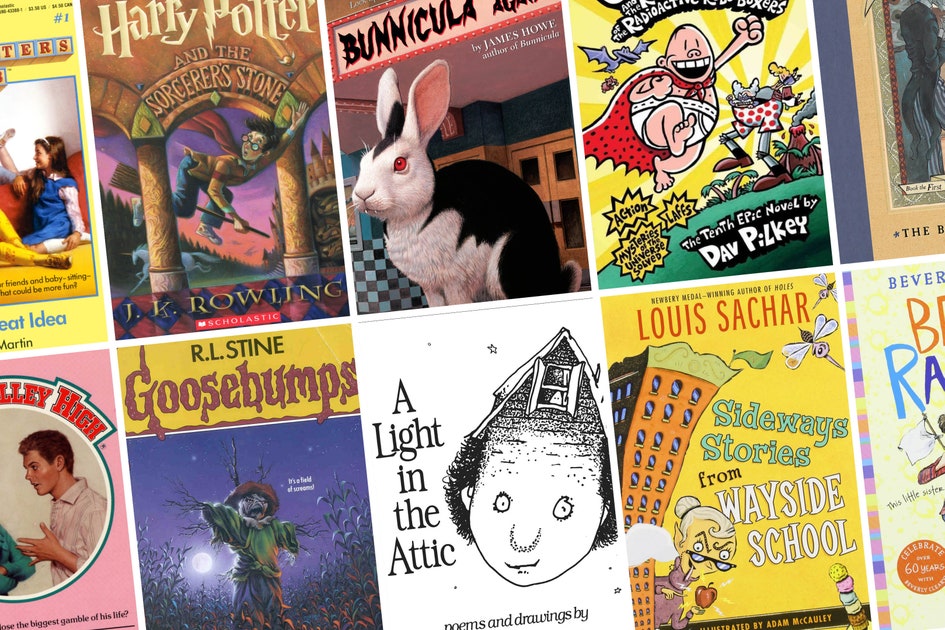 52 50004 47
52 50004 47 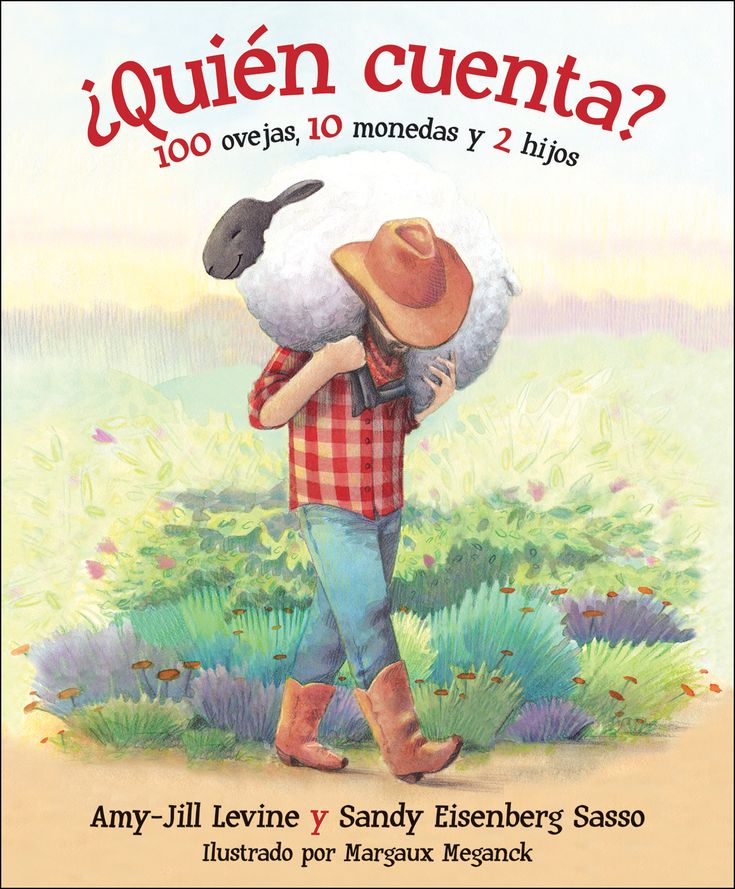 21
21  21
21 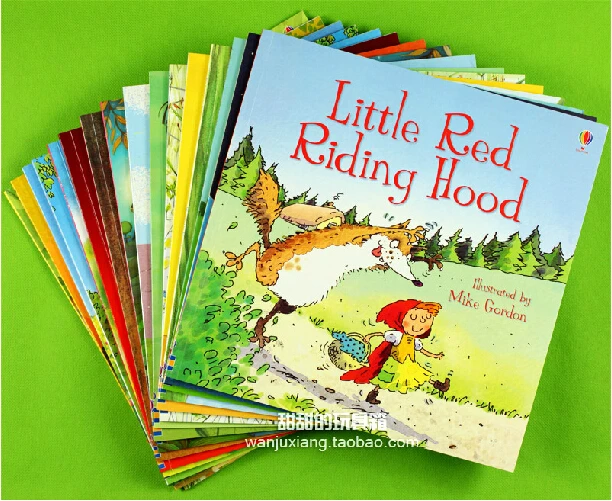 42
42 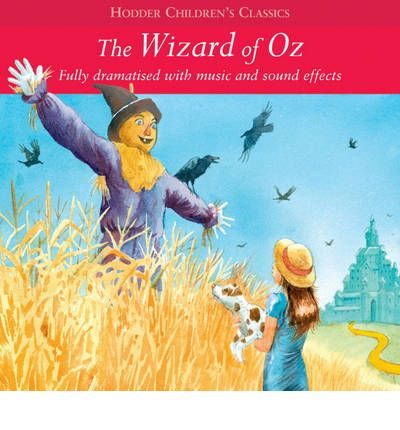 It mattered: a list, a list, an exact description. For example, the census document "Revision Tale". It acquires modern significance from the 17th-19th centuries. Previously, the word "fable" was used.
It mattered: a list, a list, an exact description. For example, the census document "Revision Tale". It acquires modern significance from the 17th-19th centuries. Previously, the word "fable" was used. 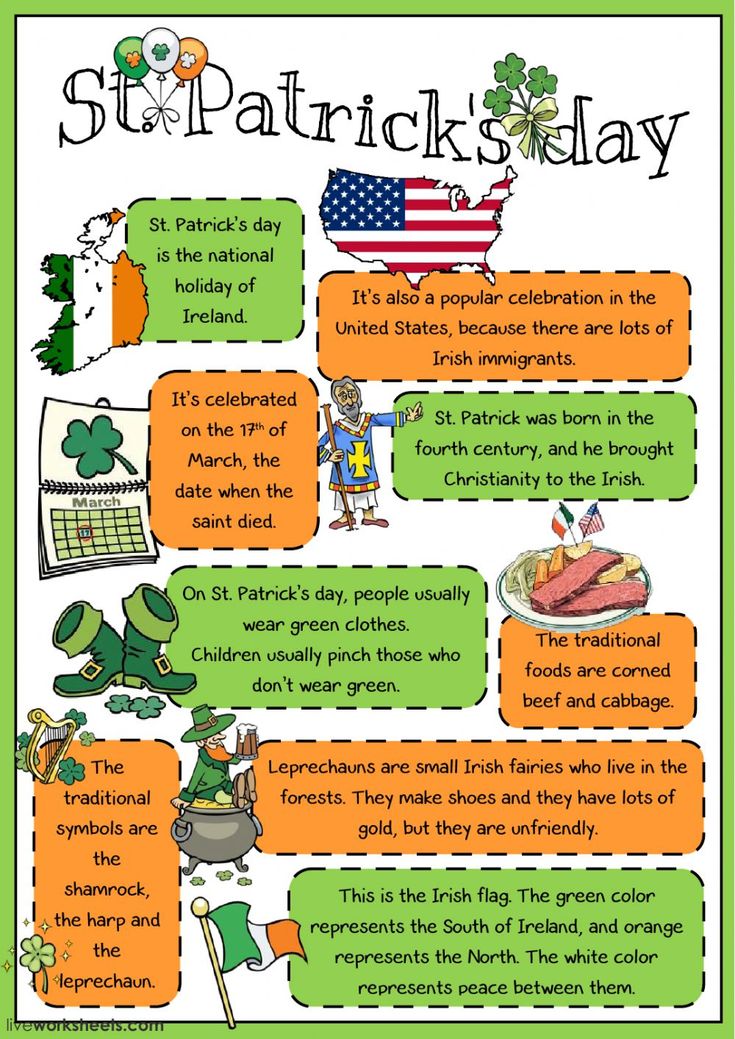 A folk tale does not have a strictly established text; each storyteller could add or remove something to it at will.
A folk tale does not have a strictly established text; each storyteller could add or remove something to it at will.  e. in the form of a literary story about two brothers, the ancient Indian parables "Jataka" about the earthly reincarnations of the Buddha, created from the beginning of the 1st millennium BC. e., the tale of the ancient Roman writer of the II century AD. e. Apuleius "Cupid and Psyche". The first modern fictional fairy tales can be found in the Delicious Nights collection by the Italian Straparola.
e. in the form of a literary story about two brothers, the ancient Indian parables "Jataka" about the earthly reincarnations of the Buddha, created from the beginning of the 1st millennium BC. e., the tale of the ancient Roman writer of the II century AD. e. Apuleius "Cupid and Psyche". The first modern fictional fairy tales can be found in the Delicious Nights collection by the Italian Straparola.  The collection contained eight tales, which were a literary adaptation of folk tales (it is believed that they heard from the nurse of Perrault's son). This book made Perrault widely known outside the literary circle. In fact, Perrault introduced the folk tale into the system of genres of "high" literature.
The collection contained eight tales, which were a literary adaptation of folk tales (it is believed that they heard from the nurse of Perrault's son). This book made Perrault widely known outside the literary circle. In fact, Perrault introduced the folk tale into the system of genres of "high" literature. 
 Ugly duckling
Ugly duckling  Rapunzel
Rapunzel 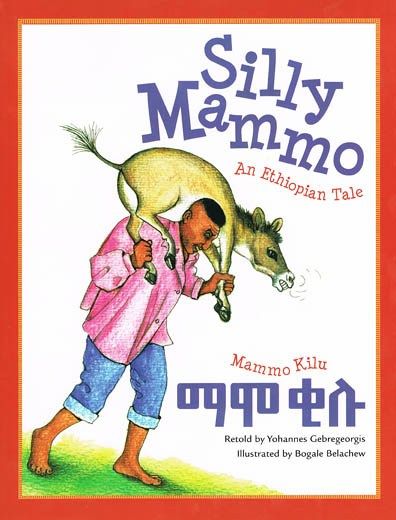 Scarlet flower
Scarlet flower  Traveling frog
Traveling frog  24 series the best fairy tales
24 series the best fairy tales 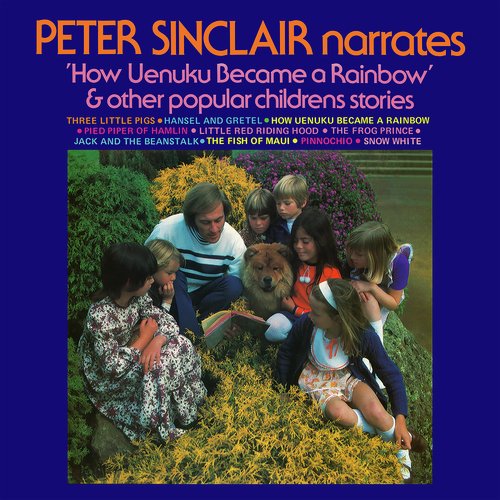 Alexander Grin - Running on the Waves
Alexander Grin - Running on the Waves  ru
ru 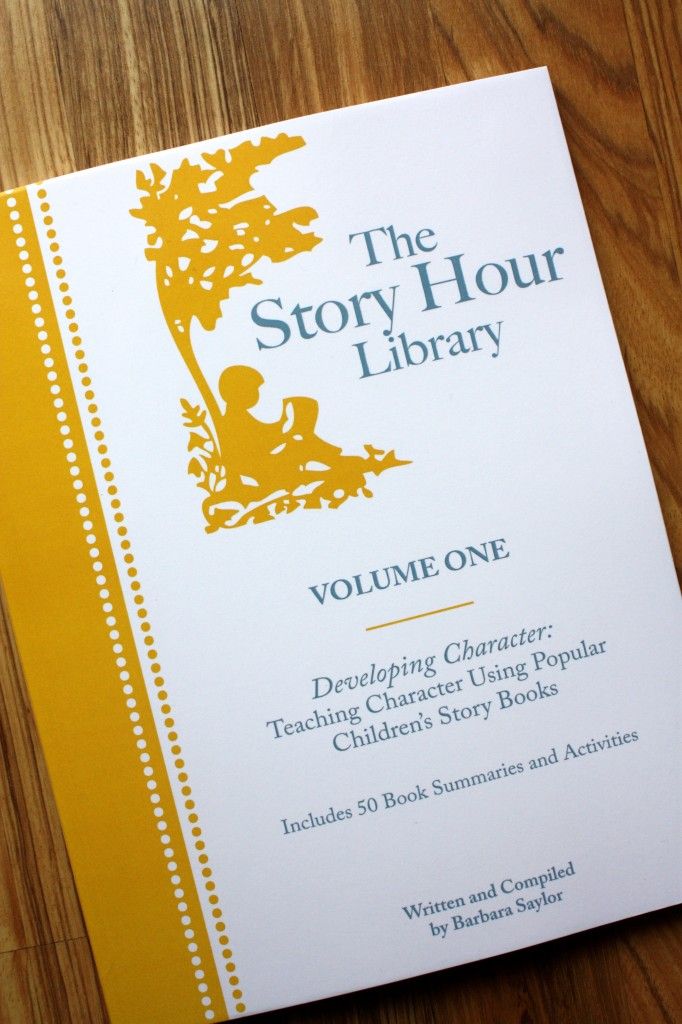 Collectivity.
Collectivity. 